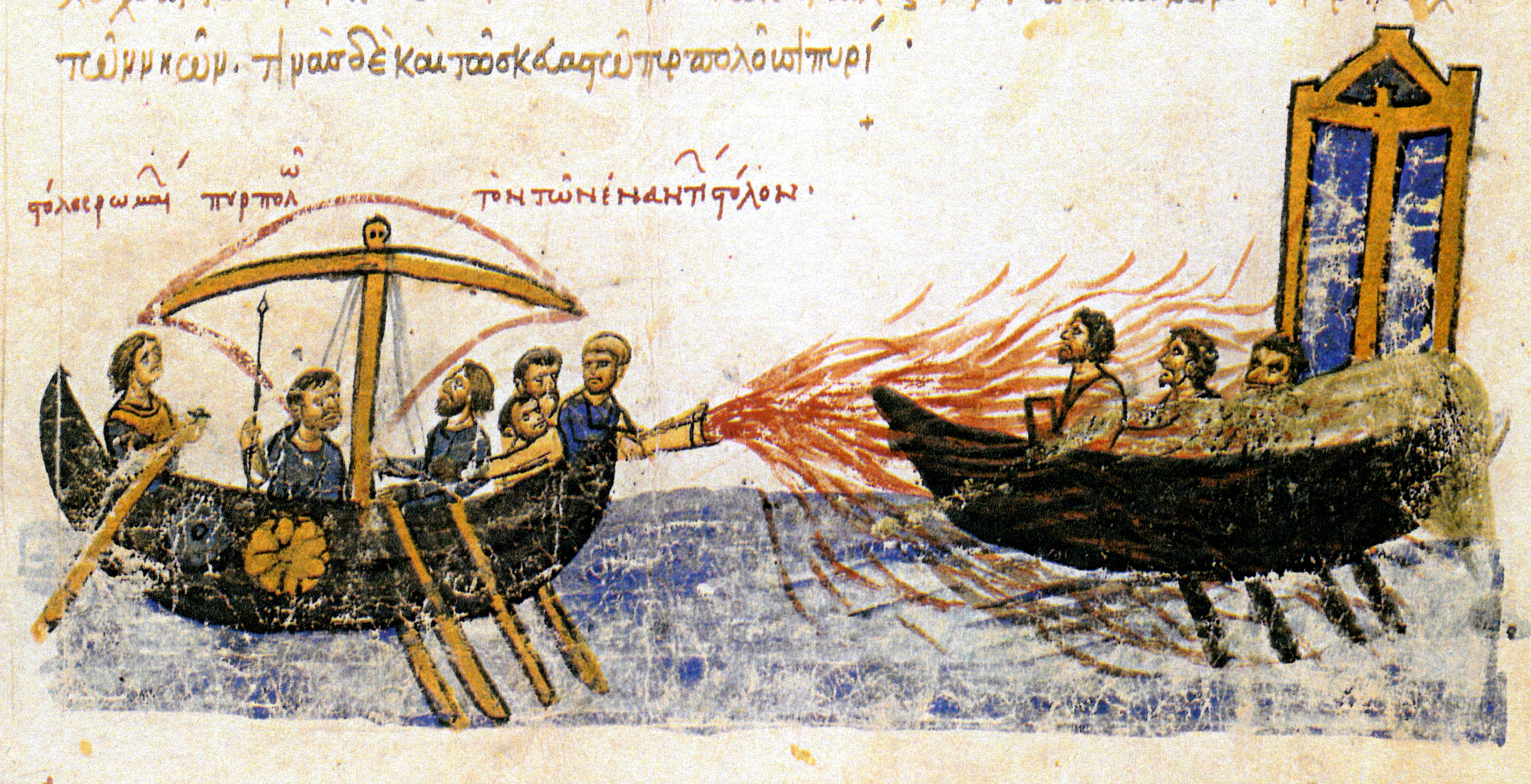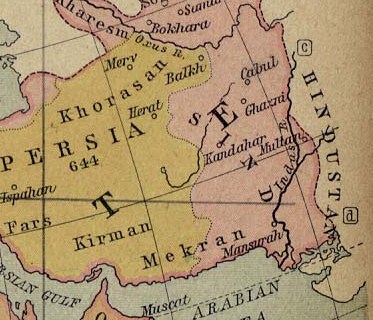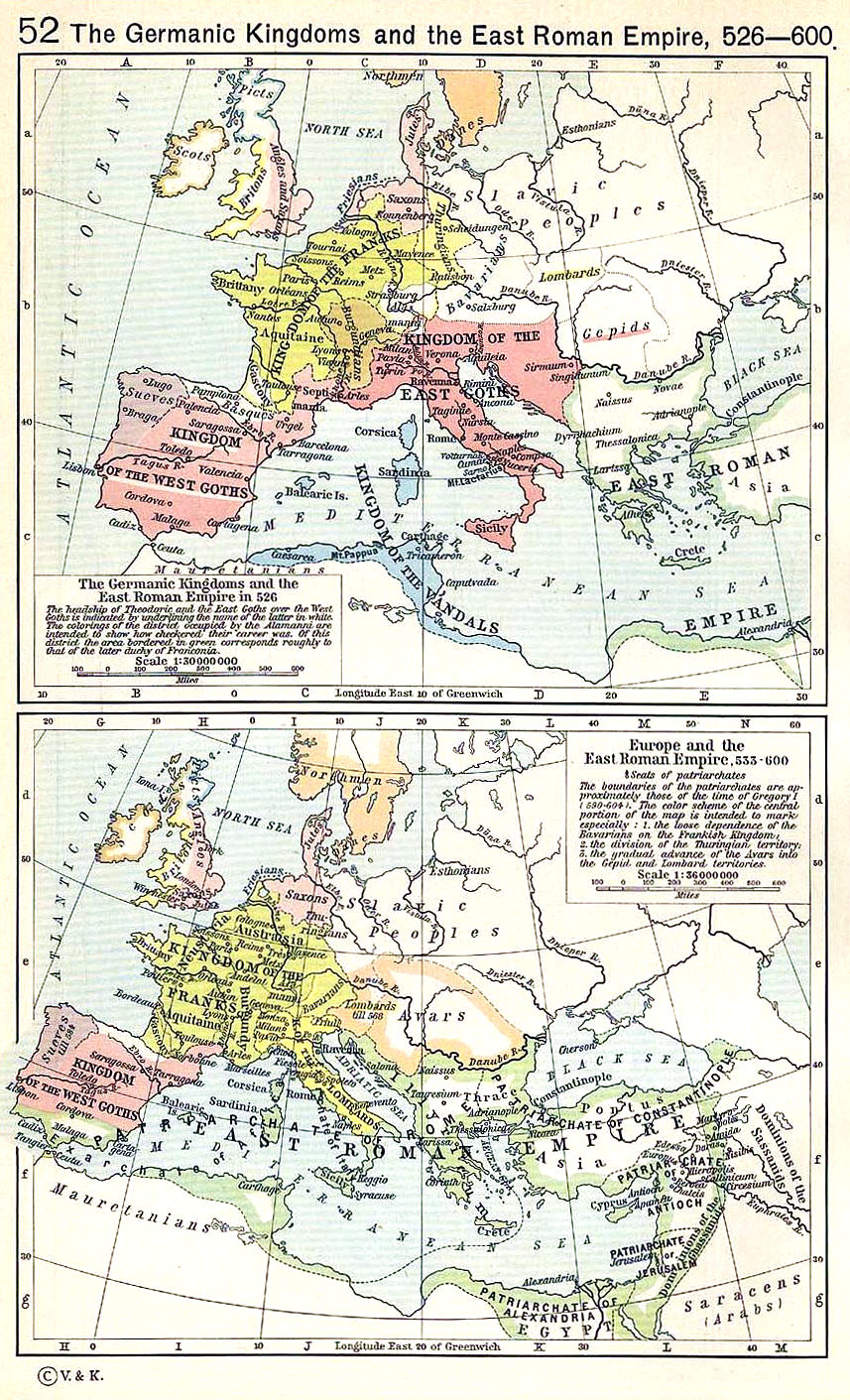|
Mardaite Revolts
The Mount Lebanon revolts of 752 and 759 were a series of anti-Abbasid revolts by the Christian inhabitants of Lebanon as a response to the Abbasid oppression of the region. The first of these revolts began in the year 752 under the Mardaite prince Elias of Baskinta. Elias battled the Arabs in many parts of the Beqaa Valley but ultimately met his fate in a town now named after him known as Qabb Ilyas. However the Christians were not discouraged and a new leader known as Simon continued the rebellion, almost taking Homs and Hama of Syria with the support of the Byzantine navy. A second rebellion, commonly known as the Munayṭirah Revolt (), occurred in 759 when a man known as Bandar (or Theodore in some sources) declared himself king over all of the Mardaites. Salih ibn Ali, the uncle of the Abbasid caliph, ambushed Bandar near Baalbek and defeated him. After this the Caliph migrated several Arab tribes to the Christian regions forcing the expulsion of many from their native vill ... [...More Info...] [...Related Items...] OR: [Wikipedia] [Google] [Baidu] |
Arab–Byzantine Wars
The Arab–Byzantine wars or Muslim–Byzantine wars were a series of wars from the 7th to 11th centuries between multiple Arab dynasties and the Byzantine Empire. The Muslim Arab Caliphates conquered large parts of the Christian Byzantine empire and unsuccessfully attacked the Byzantine capital of Constantinople. The frontier between the warring states remained almost static for three centuries of frequent warfare, before the Byzantines were able to recapture some of the lost territory. The conflicts began during the early Muslim conquests under the expansionist Rashidun Caliphate, part of the initial spread of Islam. In the 630s, Rashidun forces from Arabia attacked and quickly overran Byzantium's southern provinces. Muslim conquest of the Levant, Syria was captured in 639 and Arab conquest of Egypt, Egypt was conquered in 642. The Exarchate of Africa was Muslim conquest of the Maghreb, gradually captured between 647 and 670. From the 650s onwards, Arab navies entered the Medit ... [...More Info...] [...Related Items...] OR: [Wikipedia] [Google] [Baidu] |
Al-Mansur
Abū Jaʿfar ʿAbd Allāh ibn Muḥammad al-Manṣūr (; ; 714 – 6 October 775) usually known simply as by his laqab al-Manṣūr () was the second Abbasid caliph, reigning from 754 to 775 succeeding his brother al-Saffah (). He is known for founding the 'Round City' of Madinat al-Salam, which was to become the core of imperial Baghdad. Modern historians regard al-Mansur as the real founder of the Abbasid Caliphate, one of the largest polities in world history, for his role in stabilizing and institutionalizing the dynasty.''The Cambridge History of Islam, volume 1: The Formation of the Islamic World'', ed. Chase F Robinson, March 2011 Background and early life According to al-Suyuti's ''History of the Caliphs'', al-Mansur lived 95 AH – 158 AH (714 CE – 6 October 775 CE). Al-Mansur was born at the home of the Abbasid family in Humeima (modern-day Jordan) after their emigration from the Hejaz in 714 (95 AH). His mother was Sallamah, a slave woman. Al-Mansur was a brot ... [...More Info...] [...Related Items...] OR: [Wikipedia] [Google] [Baidu] |
Columbia University
Columbia University in the City of New York, commonly referred to as Columbia University, is a Private university, private Ivy League research university in New York City. Established in 1754 as King's College on the grounds of Trinity Church (Manhattan), Trinity Church in Manhattan, it is the oldest institution of higher education in New York (state), New York and the fifth-First university in the United States, oldest in the United States. Columbia was established as a Colonial colleges, colonial college by royal charter under George II of Great Britain. It was renamed Columbia College (New York), Columbia College in 1784 following the American Revolution, and in 1787 was placed under Trustees of Columbia University in the City of New York, a private board of trustees headed by former students Alexander Hamilton and John Jay. In 1896, the campus was moved to its current location in Morningside Heights and renamed Columbia University. Columbia is organized into twenty schoo ... [...More Info...] [...Related Items...] OR: [Wikipedia] [Google] [Baidu] |
Tripoli, Lebanon
Tripoli ( ; , , ; , ; see #Names, below) is the largest and most important city in North Lebanon, northern Lebanon and the second-largest city in the country. Situated north of the capital Beirut, it is the capital of the North Governorate and the Tripoli District, Lebanon, Tripoli District. Tripoli overlooks the eastern Mediterranean Sea, and it is the northernmost seaport in Lebanon. The city is predominantly inhabited by Lebanese Sunni Muslims, Sunni Muslims, with smaller populations of Alawites in Lebanon, Alawites and Christianity in Lebanon, Christians, including Lebanese Maronite Christians, Maronites and Armenians in Lebanon, Armenians among others. The history of Tripoli dates back at least to the 14th century BC. It was called Athar by the Phoenicians, and later ''Tripolis'' by the Greeks, Greek settlers, whence the modern Arabic name ''Ṭarābulus'' derives. In the Arab world, Tripoli has been historically known as (), to distinguish it from Tripoli, Libya, its ... [...More Info...] [...Related Items...] OR: [Wikipedia] [Google] [Baidu] |
Kharaj
Kharāj () is a type of individual Islamic tax on agricultural land and its produce, regardless of the religion of the owners, developed under Islamic law. With the first Muslim conquests in the 7th century, the ''kharaj'' initially was synonymous with '' jizyah'' and denoted a lump-sum duty levied upon the lands of conquered provinces, which was collected by hold-over officials of the defeated Byzantine Empire in the west and the Sassanid Empire in the east; later and more broadly, ''kharaj'' refers to a land-tax levied by Muslim rulers on their non-Muslim subjects, collectively known as '' dhimmi''. Muslim landowners, on the other hand, paid '' ushr'', a religious tithe on land, which carried a lower rate of taxation,Lewis (2002), p. 72 and ''zakat''. '' Ushr'' was a reciprocal 10% levy on agricultural land as well as merchandise imported from states that taxed Muslims on their products. Changes soon eroded the established tax base of the early Arab Caliphates. Additionally, ... [...More Info...] [...Related Items...] OR: [Wikipedia] [Google] [Baidu] |
American University Of Beirut
The American University of Beirut (AUB; ) is a private, non-sectarian, and independent university chartered in New York with its main campus in Beirut, Lebanon. AUB is governed by a private, autonomous board of trustees and offers programs leading to bachelor's, master's, MD, and PhD degrees. AUB has an operating budget of $423 million with an endowment of approximately $768 million. The campus is composed of 64 buildings, including the American University of Beirut Medical Center (AUBMC, formerly known as AUH – American University Hospital) (420 beds), four libraries, three museums and seven dormitories. Almost one-fifth of AUB's students attended secondary school or university outside Lebanon before coming to AUB. AUB graduates reside in more than 120 countries worldwide. The language of instruction is English. Degrees awarded at the university are officially registered with the New York Board of Regents. History On January 23, 1862, W. M. Thomson proposed to a m ... [...More Info...] [...Related Items...] OR: [Wikipedia] [Google] [Baidu] |
Wayside Shrine
A wayside shrine is a religious image, usually in some sort of small shelter, placed by a road or pathway, sometimes in a settlement or at a crossroads, but often in the middle of an empty stretch of country road, or at the top of a hill or mountain. They have been a feature of many cultures, including Chinese folk religious communities, Catholic and Orthodox Europe and some Asian regions. The origins of wayside shrines Wayside shrines were often erected to honor the memory of the victim of an accident, which explains their prevalence near roads and paths; in Carinthia (state), Carinthia, for example, they often stand at crossroads. Some commemorate a specific incident near the place; either a death in an accident or escape from harm. Other icons commemorate the victims of the Plague (disease), plague. The very grand medieval English Eleanor crosses were erected by her husband to commemorate the nightly resting places of the journey made by the body of Queen Eleanor of Castile ... [...More Info...] [...Related Items...] OR: [Wikipedia] [Google] [Baidu] |
Baalbek
Baalbek (; ; ) is a city located east of the Litani River in Lebanon's Beqaa Valley, about northeast of Beirut. It is the capital of Baalbek-Hermel Governorate. In 1998, the city had a population of 82,608. Most of the population consists of Shi'a Islam in Lebanon, Shia Muslims, followed by Sunni Islam in Lebanon, Sunni Muslims and Christianity in Lebanon, Christians; in 2017, there was also a large presence of Refugees of the Syrian civil war, Syrian refugees. Baalbek has a history that dates back at least 11,000 years, encompassing significant periods such as Prehistory of Lebanon, Prehistoric, Canaanite, Hellenistic period, Hellenistic, and Phoenicia under Roman rule, Roman eras. After Alexander the Great conquered the city in 334 BCE, he renamed it Heliopolis (, Greek language, Greek for "Sun City"). The city flourished under Roman rule. However, it underwent transformations during the Historiography of the Christianization of the Roman Empire, Christianization period and t ... [...More Info...] [...Related Items...] OR: [Wikipedia] [Google] [Baidu] |
Oxford University Press
Oxford University Press (OUP) is the publishing house of the University of Oxford. It is the largest university press in the world. Its first book was printed in Oxford in 1478, with the Press officially granted the legal right to print books by decree in 1586. It is the second-oldest university press after Cambridge University Press, which was founded in 1534. It is a department of the University of Oxford. It is governed by a group of 15 academics, the Delegates of the Press, appointed by the Vice Chancellor, vice-chancellor of the University of Oxford. The Delegates of the Press are led by the Secretary to the Delegates, who serves as OUP's chief executive and as its major representative on other university bodies. Oxford University Press has had a similar governance structure since the 17th century. The press is located on Walton Street, Oxford, Walton Street, Oxford, opposite Somerville College, Oxford, Somerville College, in the inner suburb of Jericho, Oxford, Jericho. ... [...More Info...] [...Related Items...] OR: [Wikipedia] [Google] [Baidu] |
Byzantine Navy
The Byzantine navy was the Navy, naval force of the Byzantine Empire. Like the state it served, it was a direct continuation from its Roman navy, Roman predecessor, but played a far greater role in the defence and survival of the state than its earlier iteration. While the fleets of the Roman Empire faced few great naval threats, operating as a policing force vastly inferior in power and prestige to the Roman army, army, command of the sea became vital to the very existence of the Byzantine state, which several historians have called a "maritime empire". The first threat to Roman hegemony in the Mediterranean Sea was posed by the Vandals in the 5th century, but their threat was ended by the wars of Justinian I in the 6th century. The re-establishment of a permanently maintained fleet and the introduction of the dromon galley in the same period also marks the point when the Byzantine navy began departing from its late Roman roots and developing its own characteristic identity. Thi ... [...More Info...] [...Related Items...] OR: [Wikipedia] [Google] [Baidu] |
Qabb Ilyas
Qabb Ilyas (; ALA-LC: ''Qab Ilyās'' / Lebanese Arabic: ) also spelled ''Kab Elias'', ''Qab Elias'', ''Qob Elias'', ''Qoub Elias'') is a municipality in Zahle District, in eastern Lebanon. Qabb Ilyas is 15 kilometers from Zahleh and from the Lebanese capital Beirut. Its average elevation above sea level is 950 meters (3,120 feet). Its area is approximately 32 km². Qabb Ilyas is the third largest city in the Beqaa Valley, after Zahleh and Baalbek in terms of area size. The majority of the residents are Sunni Muslims. Etymology According to the 19th-century Lebanese historian Haydar al-Shihabi, the town was originally called al-Muruj. Local tradition holds that the town's current name "Qabb Ilyas" is derived from ''Qabr Elias'' ("grave of Elias"), but was shortened over time to ''Qab Ilyas''. Elias was an 8th-century ''muqaddam'' from Mount Lebanon, who was killed during a raid in the Beqaa Valley by the forces of the Abbasid governor of Damascus. History After the fall of ... [...More Info...] [...Related Items...] OR: [Wikipedia] [Google] [Baidu] |





